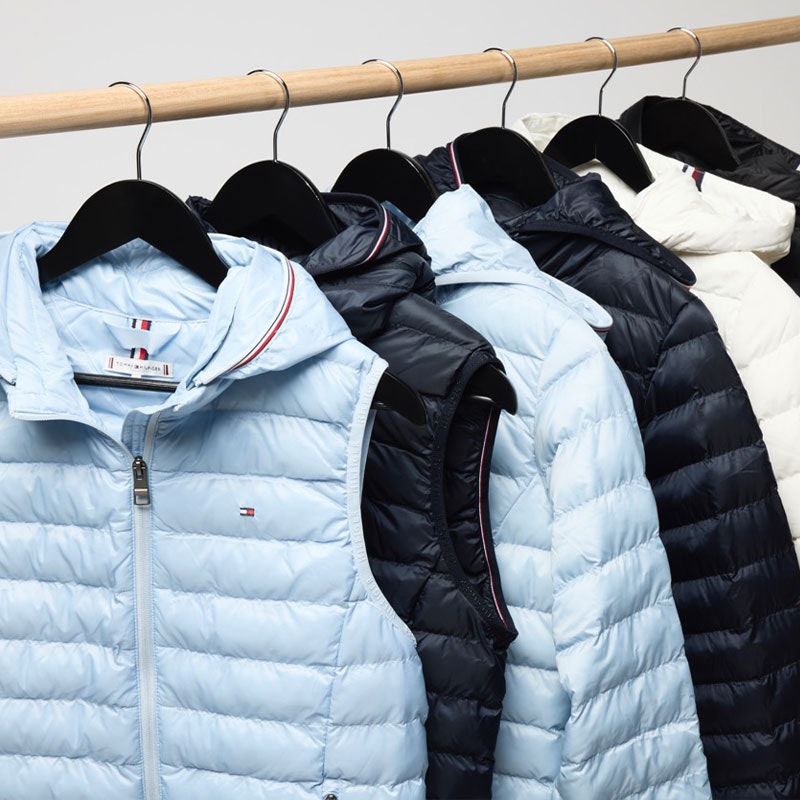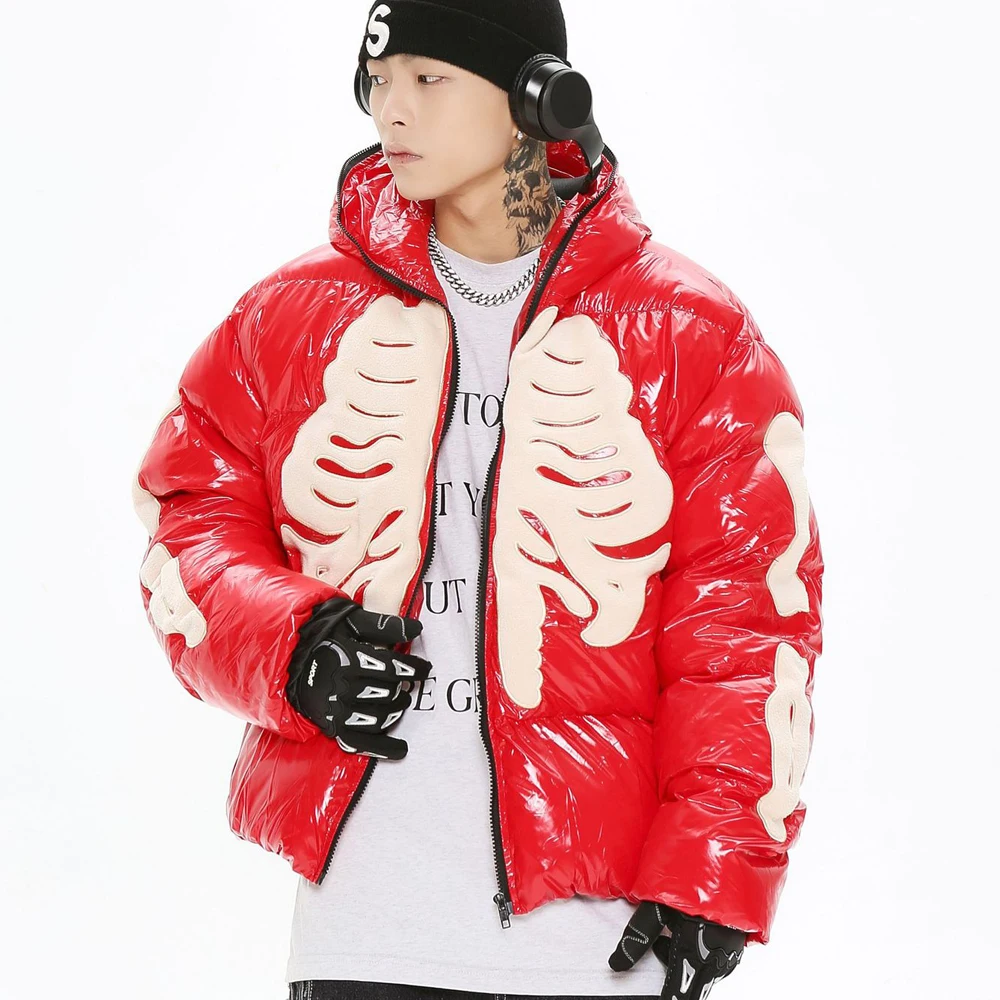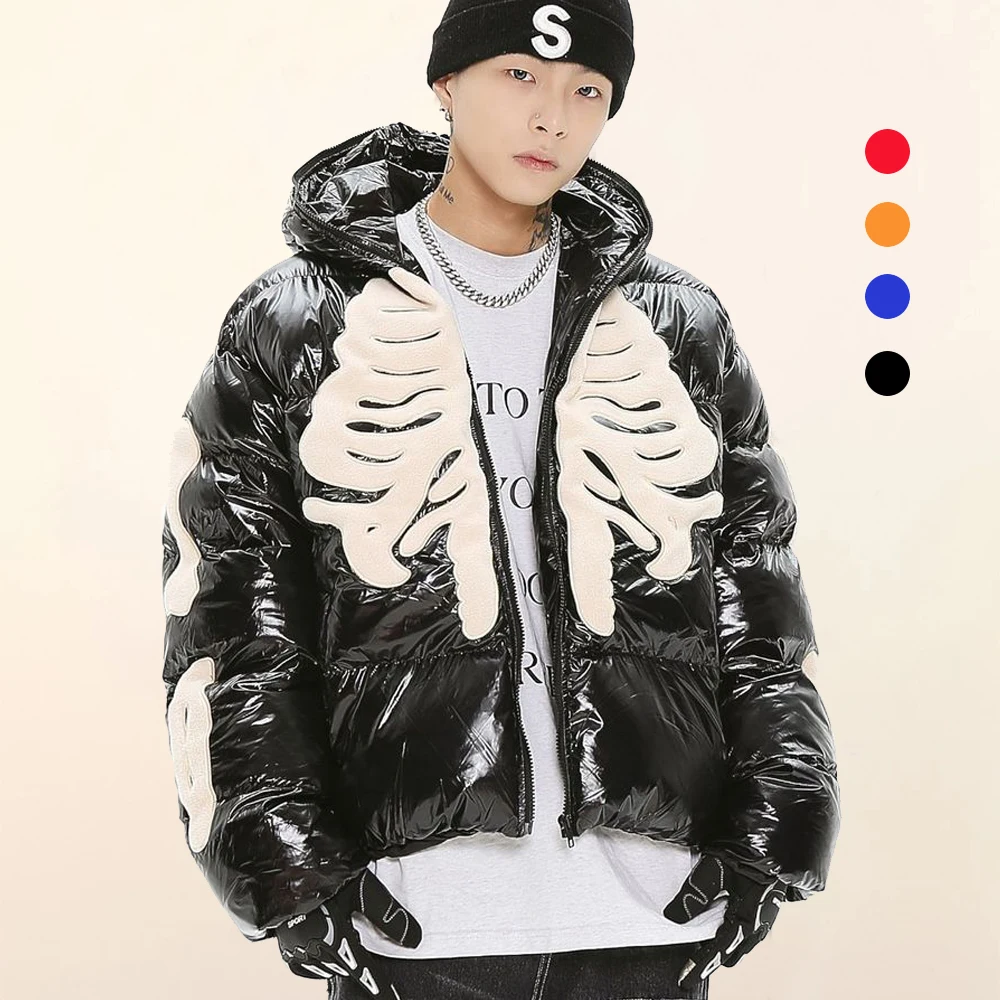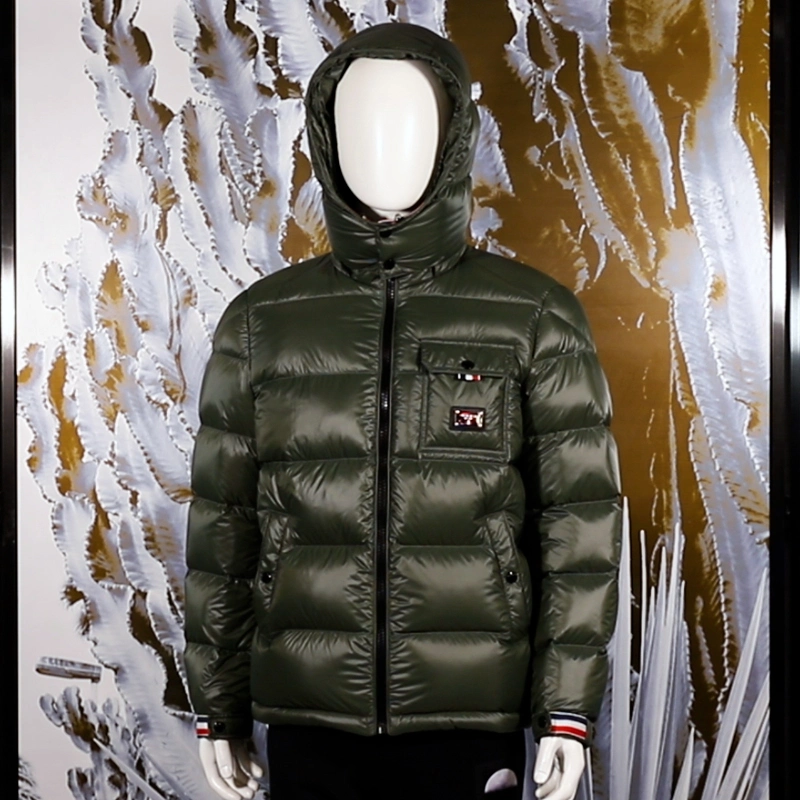
Puffer jackets are a popular choice for winter wear. They offer warmth and style. However, many wonder if these jackets are waterproof. Understanding this aspect is crucial, especially for those living in rainy or snowy regions. This article will delve into the waterproof capabilities of puffer jackets. It will also explore the materials used and how these jackets can be enhanced for better water resistance.
Understanding Puffer Jackets
Puffer jackets, adored for their stylish form and incredible warmth, have become wardrobe essentials. These jackets, filled with down or synthetic insulation, are expertly designed to trap heat. As a result, they keep the wearer comfortable in frigid temperatures. The unique quilted design, often comprising of multiple stitched sections, ensures even distribution of insulation. Thus, puffer jackets are particularly suitable for cold-weather adventures.
Many brands sell puffer jackets for various activities such as hiking, skiing, and urban commuting. However, a common question persists: are these fashionable and functional jackets waterproof? Understanding the answer requires delving deeper into the materials and design of puffer jackets. Both the shell and the filling play crucial roles in determining their water resistance. Consequently, knowing these aspects helps in making an informed purchase.

Are Puffer Jackets Truly Waterproof?
Material of the Outer Shell
Most puffer jackets feature an outer shell made from materials such as nylon or polyester. These fabrics are often treated with a Durable Water Repellent (DWR) coating. The DWR treatment makes the fabric hydrophobic, helping it resist light rain and snow. Still, this does not make the jacket completely waterproof. Over time and with washing, the DWR coating can wear off, reducing its effectiveness.
However, some high-end puffer jackets use advanced waterproof materials such as Gore-Tex. These materials offer more reliable water resistance, ensuring that moisture stays out more effectively. Despite these advancements, no puffer jacket can offer complete waterproofing. Leakage may occur through seam lines or zipper openings. Realistically, these jackets promise water resistance rather than full waterproofing.
Insulation and Moisture
The insulation inside puffer jackets also influences their water resistance. Down insulation, made from bird feathers, is extremely warm but highly susceptible to moisture. When wet, down loses its loft and insulation capacity, making the wearer feel cold. Alternatively, synthetic insulation retains warmth better even when damp. Typically made from polyester fibers, synthetic insulation is a more reliable choice for wet conditions.
Additionally, manufacturers often design puffer jackets with features like water-resistant zippers and taped seams. These characteristics further enhance the jacket’s ability to repel light rain and snow. Therefore, while puffer jackets may not offer full waterproofing, certain features can provide adequate protection against moisture. Understanding these features is crucial when selecting a puffer jacket for wet conditions.

Intended Activities and Weather
The intended use of a puffer jacket significantly impacts its effectiveness in specific weather conditions. For instance, if you plan to use the jacket for high-exposure activities like mountain climbing, higher water resistance is essential. Conversely, for casual urban wear, a jacket with moderate water resistance might suffice. Consequently, identifying your primary usage can guide you in choosing the right level of water resistance.
Moreover, understanding weather conditions in your area is equally important. If you live in a region with frequent rain or heavy snow, investing in a high-quality, water-resistant jacket can make a difference. However, milder climates may not require such advanced features. Therefore, knowing your environment can help you select a jacket that meets your specific needs. A careful assessment ensures that you get optimal performance from your puffer jacket.
Maintenance Tips
Proper maintenance can prolong the life and effectiveness of your puffer jacket’s water resistance. First, always follow the care label instructions to avoid damaging the DWR coating. Washing the jacket sparingly and using specialized detergents help maintain its water resistance. Additionally, reapplying DWR treatments periodically can restore the jacket’s hydrophobic properties.
Furthermore, storing your puffer jacket correctly can also impact its durability. Avoid compressing it into tight spaces for long periods, as this can damage both the outer shell and insulation. Store the jacket in a cool, dry place to prevent mold and mildew. Regularly inspect the jacket for wear and tear, addressing small issues promptly to avoid further damage. These simple steps can significantly extend the life and performance of your puffer jacket.

Choosing the Right Puffer Jacket
Assessing Water Resistance Ratings
When shopping for a puffer jacket, pay attention to water resistance ratings. Some jackets come with specific ratings, indicated in millimeters, measuring the fabric’s waterproof capability. A higher rating suggests better water resistance. For example, a jacket rated 10,000 mm can withstand light rain but not prolonged exposure to heavy downpours.
Additionally, reviews and user feedback can provide valuable insights into a jacket’s real-world performance. Many outdoor enthusiasts share their experiences online, offering practical advice on various brands and models. These reviews can help you compare different options and choose a jacket that meets your specific needs. Moreover, visiting outdoor gear stores and consulting knowledgeable staff can also guide you in making an informed decision.
Budget Considerations
Price is often a significant factor when selecting a puffer jacket. While high-end models offer advanced features and better water resistance, they can be costly. However, investing in a quality jacket can provide long-term benefits, offering better performance and durability. Conversely, budget-friendly options may lack certain features but can still provide adequate warmth and moderate water resistance.
It’s essential to balance your budget with your specific needs. If you require a jacket for high-intensity outdoor activities, investing in a more expensive, high-performance model may be worthwhile. However, for casual use, a more affordable option might suffice. Evaluating your priorities and budget can help you choose a jacket that offers the best value for your money. Making an informed choice ensures that you get the most out of your investment.
Conclusion: Balancing Style, Warmth, and Water Resistance
In summary, while puffer jackets may not be fully waterproof, many offer adequate water resistance for various conditions. Understanding the materials and features of these jackets can guide you in making an informed purchase. Balancing factors like intended use, weather conditions, and budget can help you find the ideal jacket that meets your specific needs. Proper maintenance and care can further extend the life and effectiveness of your puffer jacket. Thus, although not completely waterproof, a well-chosen and well-maintained puffer jacket can be a valuable addition to your wardrobe, providing both style and warmth in cold and damp conditions.
Making Informed Choices
Understanding whether puffer jackets are waterproof involves considering several factors. From the materials used to additional treatments, there are many aspects that determine a jacket’s performance in wet conditions. While most puffer jackets are water-resistant, achieving true waterproofing requires additional measures. Advanced fabrics, DWR coatings, and proper care can enhance water resistance. For those in extremely wet climates, layering might offer the best solution. By considering these elements, consumers can make informed choices, ensuring they stay warm and dry.
Final Thoughts
Puffer jackets are a great choice for cold weather due to their excellent insulation. However, their ability to repel water can vary. Many puffer jackets are water-resistant but not fully waterproof. Understanding the differences, knowing how to enhance water resistance, and proper care are key. By taking these steps, you can enjoy the warmth and comfort of your puffer jacket in a variety of weather conditions.
